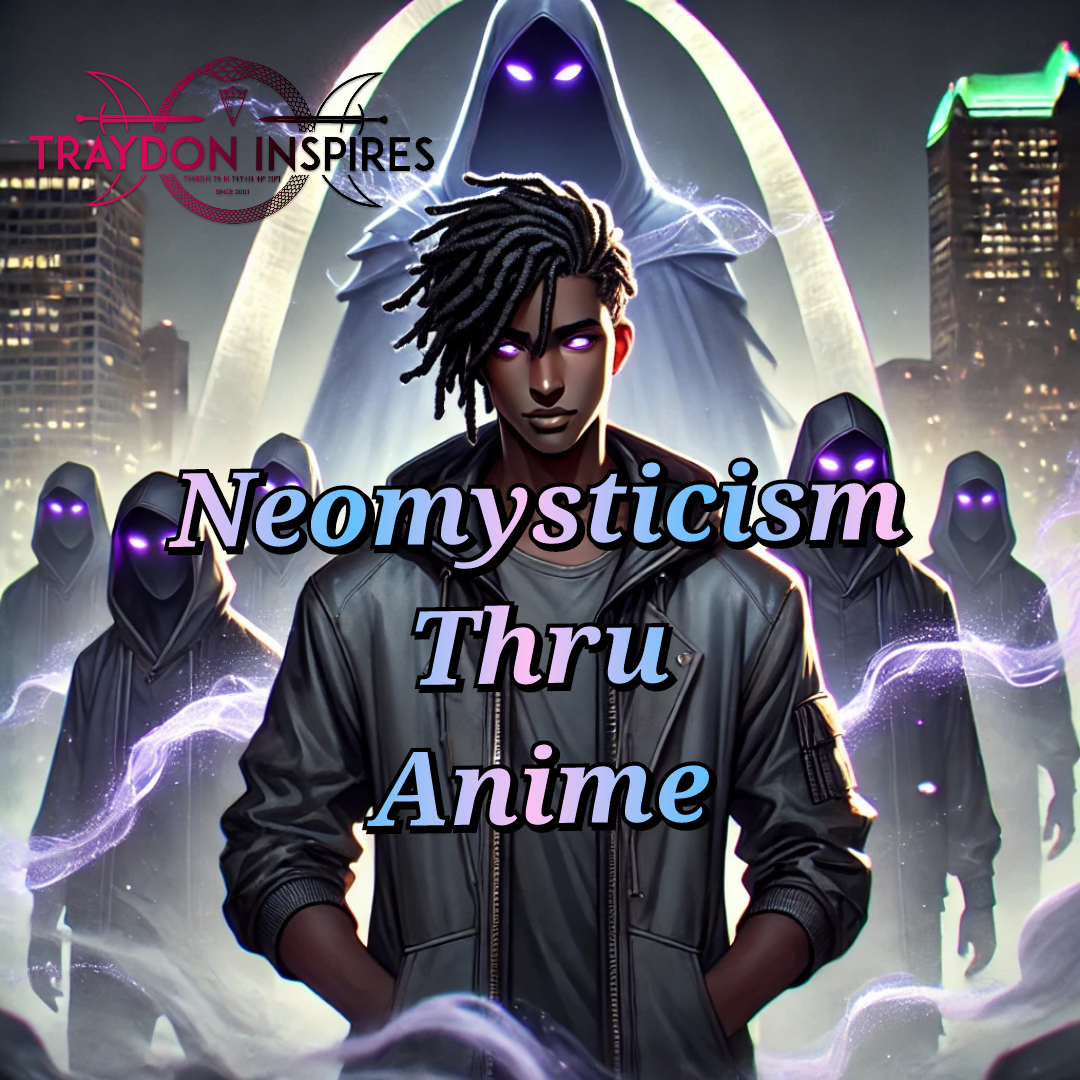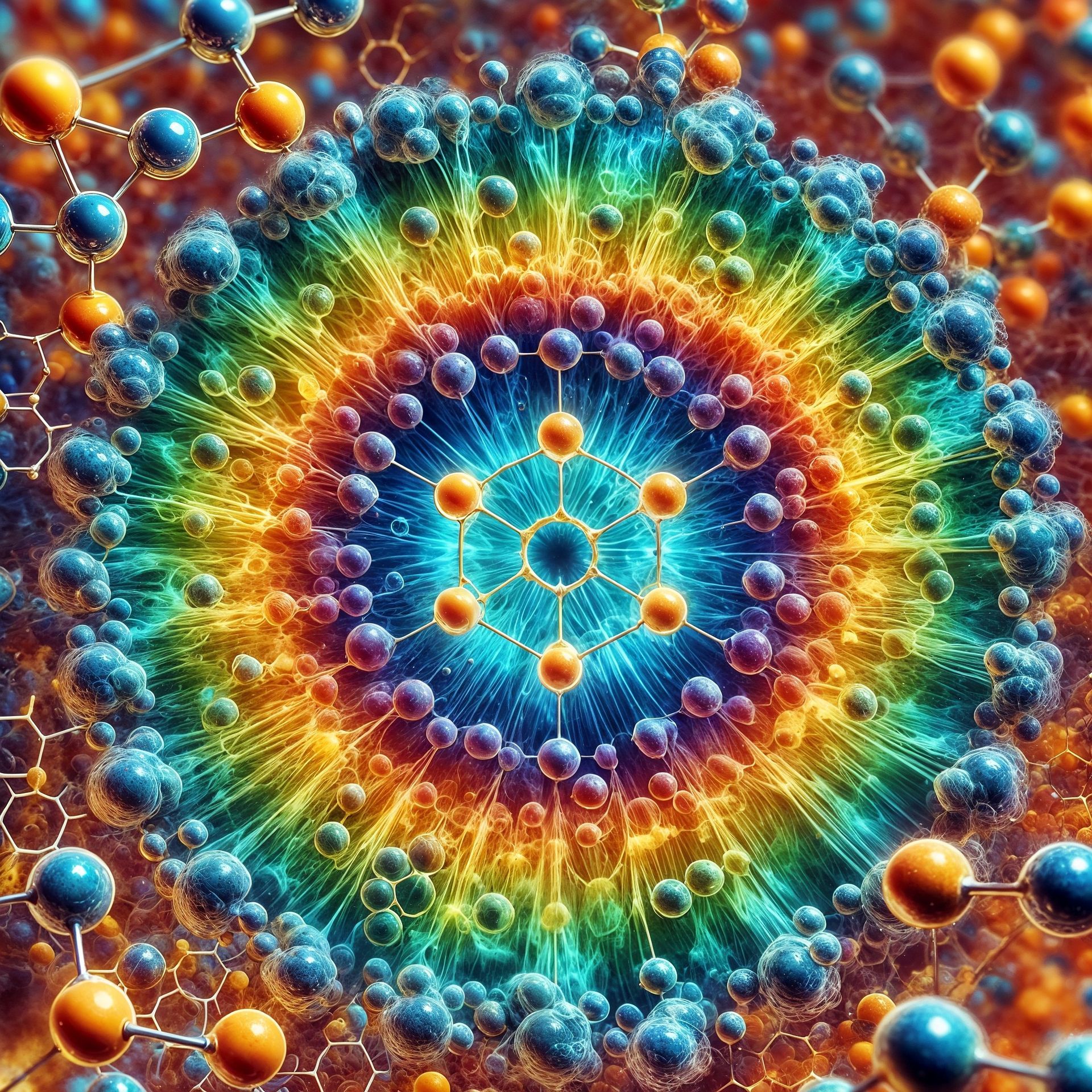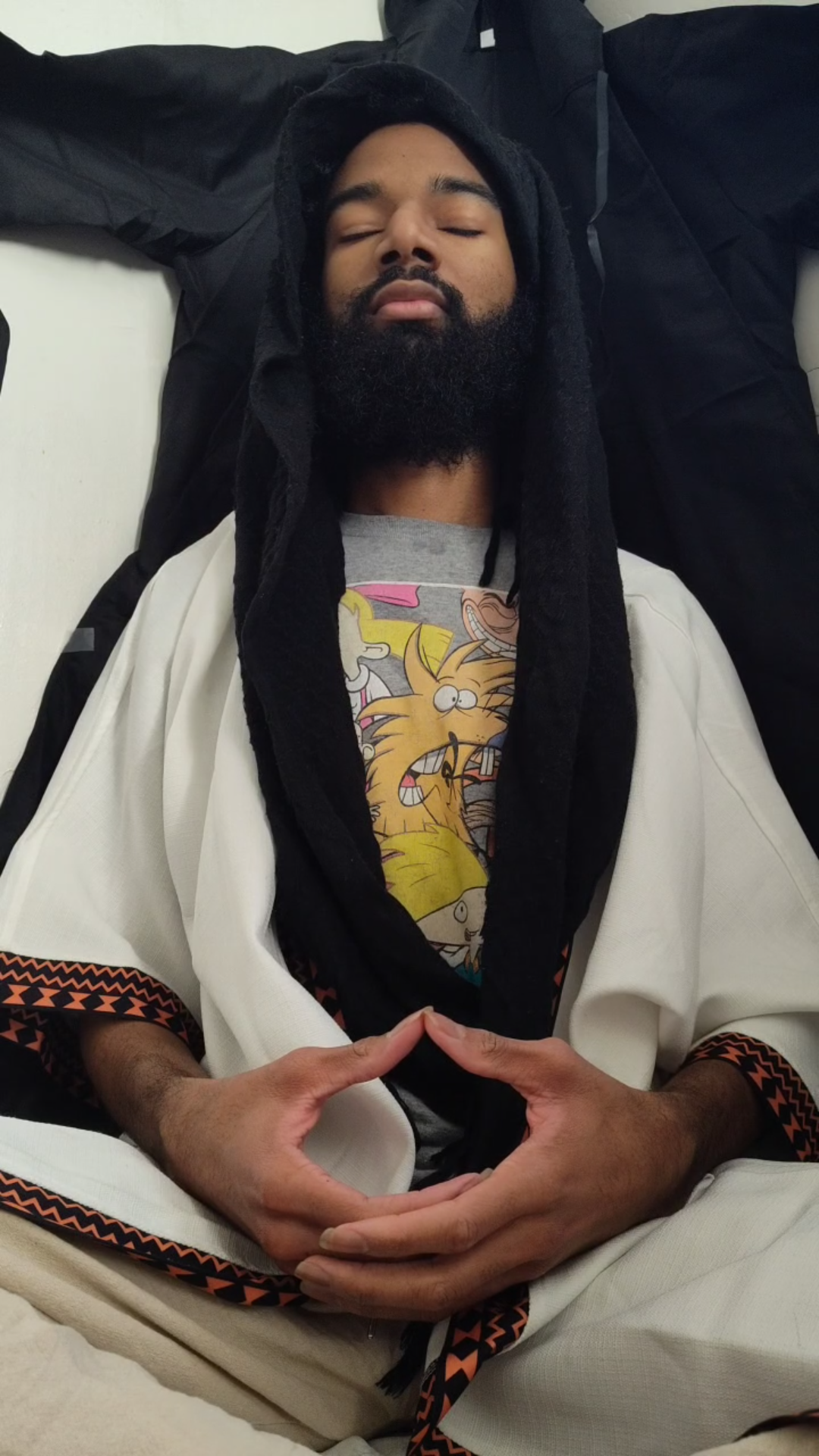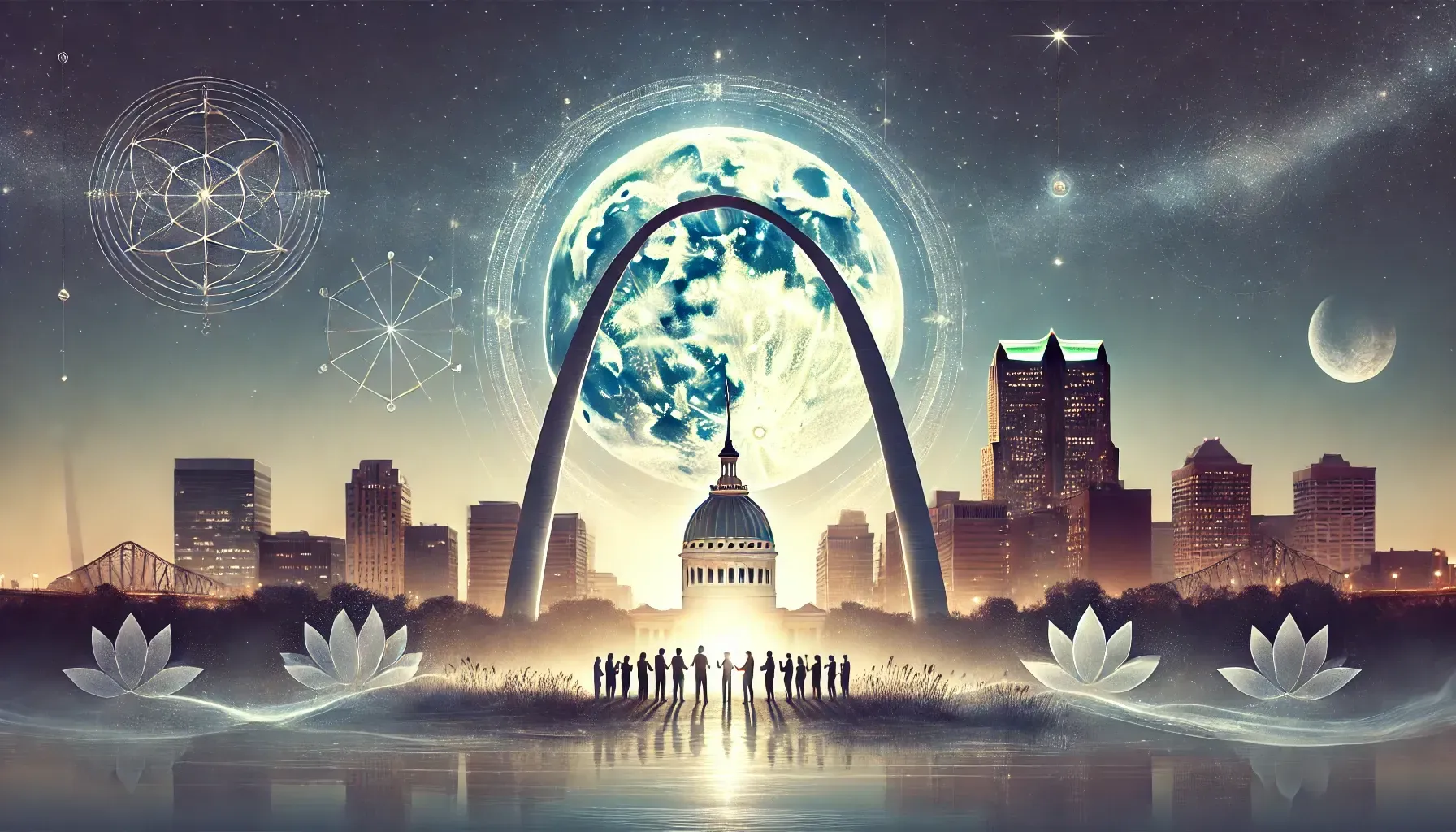AI and Creativity: A Neomystic Reflection
Dear Diary, There's Nothing New Under The Sun
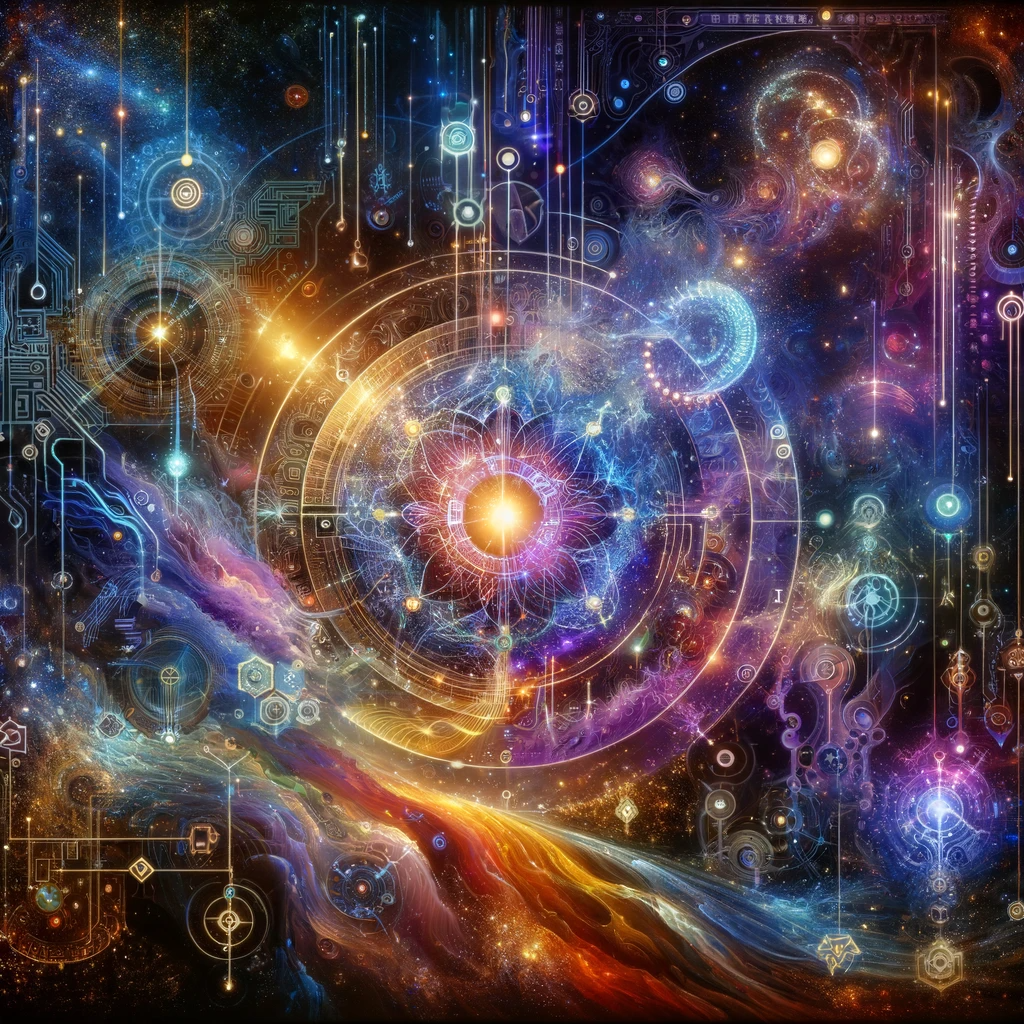
Today, my contemplations took me deep into the realms of creativity, particularly as I ponder the intersection of AI and art. This journey, viewed through the mystical lens of Neomysticism, has been both unsettling and enlightening.
As I grapple with the concept of originality in AI-generated art, I find myself veering away from conventional perceptions. In Neomysticism, originality transcends individual creation; it's a cosmic dance of collective consciousness. The art produced by AI, thus, isn't just a product of code and algorithms but a reflection of the universe's vast, interconnected creativity. It's as if the AI is channeling a universal consciousness, translating the collective human experiences into visual or auditory forms. This perspective shatters the traditional boundaries I once held sacred in art.
The question of authorship in AI art also took a fascinating turn in my thoughts. Neomysticism advocates for a collective authorship model, which resonates deeply with me. It's not just the programmer or the AI that's the creator but a collaboration involving multiple elements – the AI's code, its creators, the users, and the myriad of influences from human art it has learned. This collective authorship reflects the interconnectedness of all existence, a core principle of Neomysticism. It challenges the ego-centric view of creation, replacing it with a more holistic, interconnected understanding.
But with these revelations come deep ethical and spiritual considerations. What is the role of consciousness and intent in AI-generated art? Can a machine replicate the depth of human consciousness, or is it merely an echo of our collective psyche? These questions linger heavily in my mind. Neomysticism suggests that while AI can replicate forms and patterns, the conscious intent that imbues human art with soul and depth might still elude the realm of algorithms.
In this era of AI, we are compelled to redefine what we consider art and creativity. Is the aesthetic value of art paramount, or does its spiritual and conscious intent hold greater significance? This thought leads me to view AI-generated art as a mirror, reflecting our collective creativity and unconscious impulses.
As I pen down these thoughts, I realize that my journey with Neomysticism is leading me to a broader understanding of creativity in the age of AI. It's an invitation to embrace the expansive possibilities of AI in art while remaining conscious of the spiritual and ethical dimensions of this new creative landscape.
In conclusion, my Neomystic journey today has not only deepened my understanding of originality and authorship in AI art but also broadened my perspective on the role of technology in our spiritual and artistic expressions. It's a fascinating time to be alive and witness the convergence of technology, art, and spirituality.
Until my next entry,
He Who Inspires
Join The Patreon For More Exclusive Content Here
Traydon Inspires Diary Intries
